Tenerife is the largest and most visited of the Canary Islands, it is known for its beautiful beaches, the imposing volcano Teide and its wonderful natural sceneries. But the island also has many unexpected and less-known attractions that might surprise you. Let’s take a look at some of them.
1. The Canary Islands and the European Union
In 1986, Spain joined the European Union and the Canary Islands thus acquired the status of the outermost region.
2. The oldest dragon tree
In the town named Icod de los Vinos you will find the oldest dragon tree, known as Drago Milenario. This tree is estimated to be some 1,000 years old, although its exact age is still the subject of various debates. The dragon tree is considered a symbol of Tenerife and the Canary Islands.
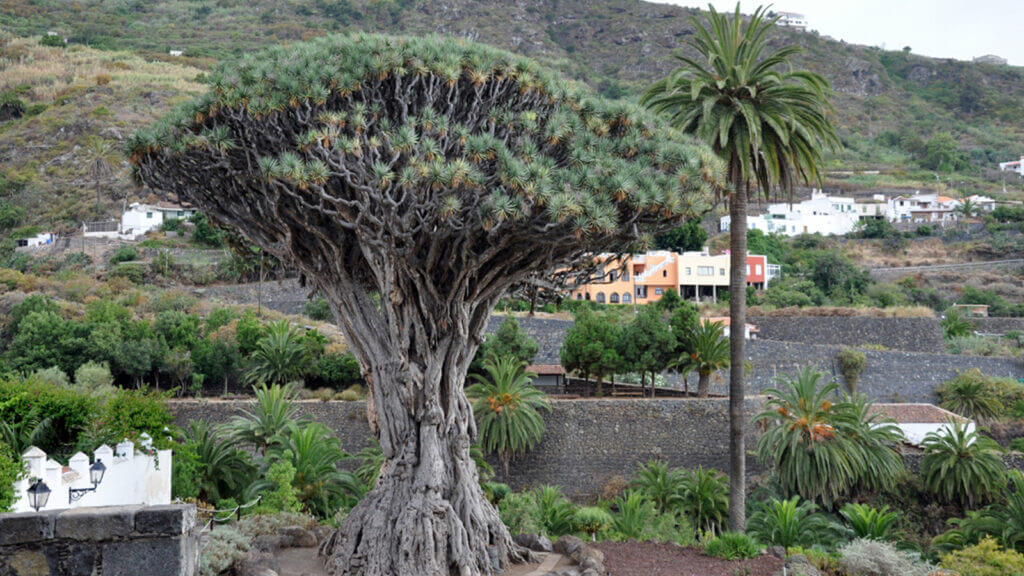
El Drago
3. Tenerife has its own version of carnival
Every year in February, Santa Cruz de Tenerife hosts one of the biggest and most colourful carnivals in the world, just after the famous carnival in Rio de Janeiro.
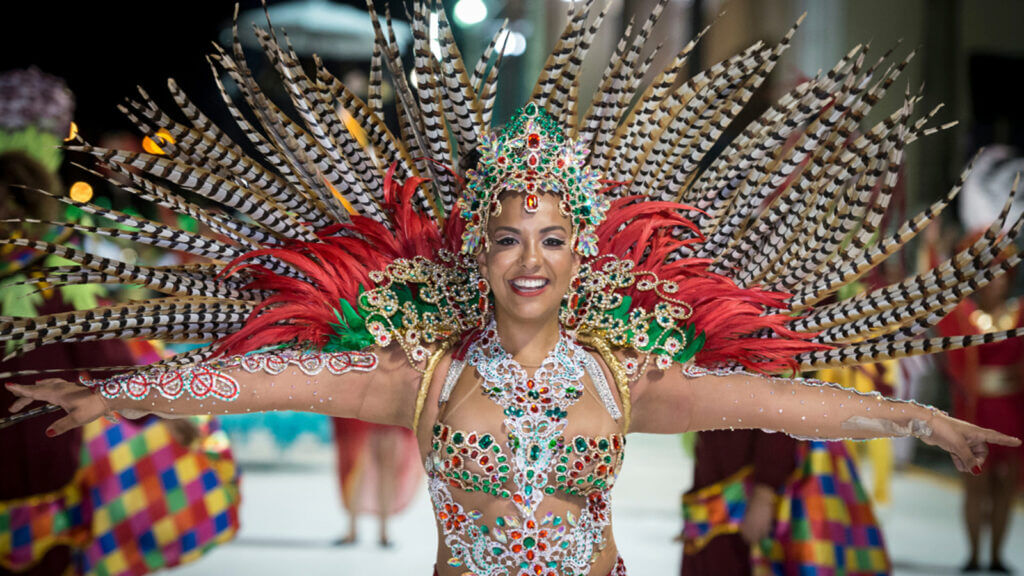
Carnival de Santa Cruz
4. Teide is the third highest volcano in the world
The Pico del Teide volcano, which reaches a height of 3,718 meters, is not only the highest point in Spain, but also the third highest volcano in the world (measured from the sea floor).
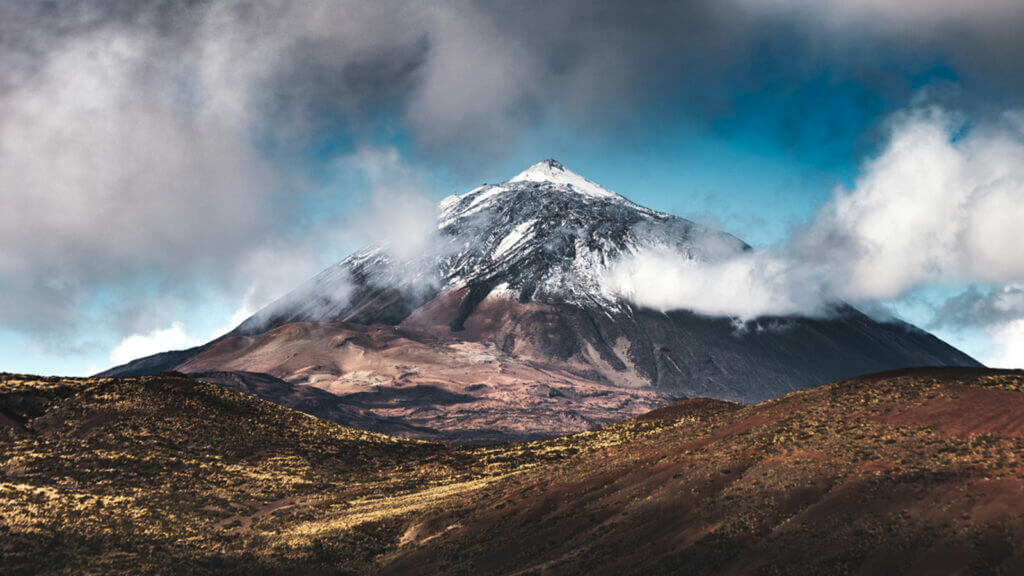
El Teide
5. Tenerife is home to the largest solar observatory in the world
The Observatorio del Teide is the largest solar observatory in the world and is located at an altitude of 2,390 meters above sea level. Scientists from all over the world come to study the sun and other astronomical phenomena here.
You can book a tour of the observatory here.
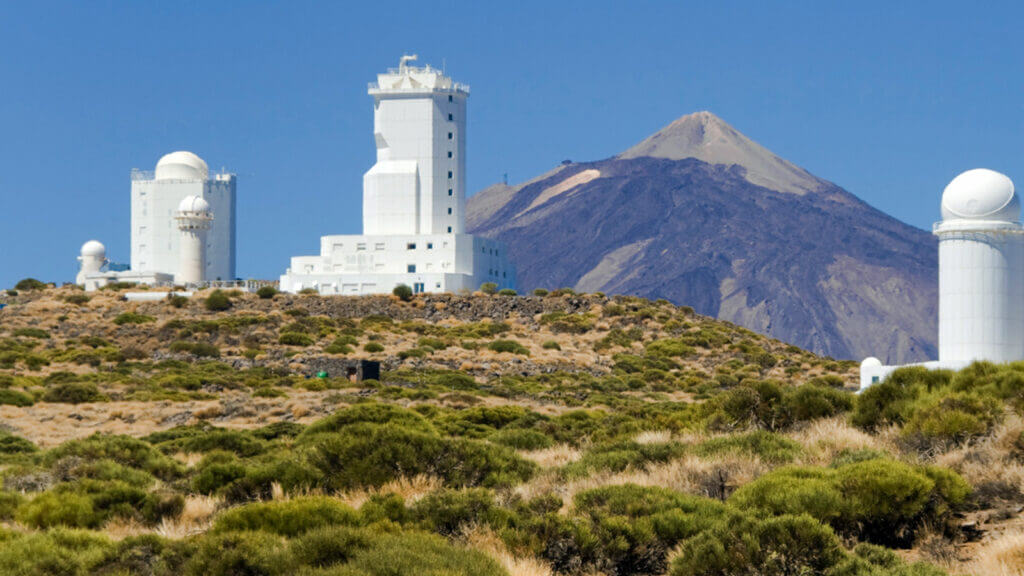
Observatorio del Teide
6. Tenerife as a center of sugar production
In the 16th and 17th centuries, Tenerife was one of the largest sugar producers in Europe. The cultivation of sugar cane brought considerable wealth to the island. Sugarcane cultivation was later replaced by winegrowing and banana cultivation.
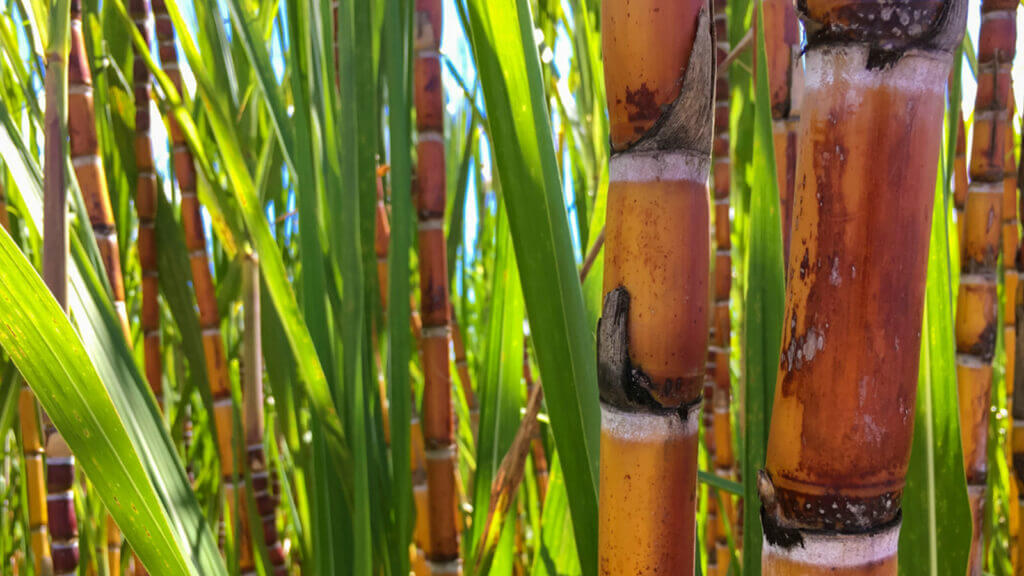
Sugar cane plantation
7. The original inhabitants of Tenerife were the Guanches
Before the arrival of the Spanish, the original inhabitants of Tenerife were the Guanches. This ancient people, who probably arrived in the Canary Islands around 1000 BC, is shrouded in mystery. The Guanches were able to adapt to the harsh island conditions and lived in caves and stone dwellings. Their customs and traditions were largely lost after the Spanish conquered the island in the 15th century, but archaeological finds, including mummified bodies and ceramic objects, give us a fascinating insight into their culture.
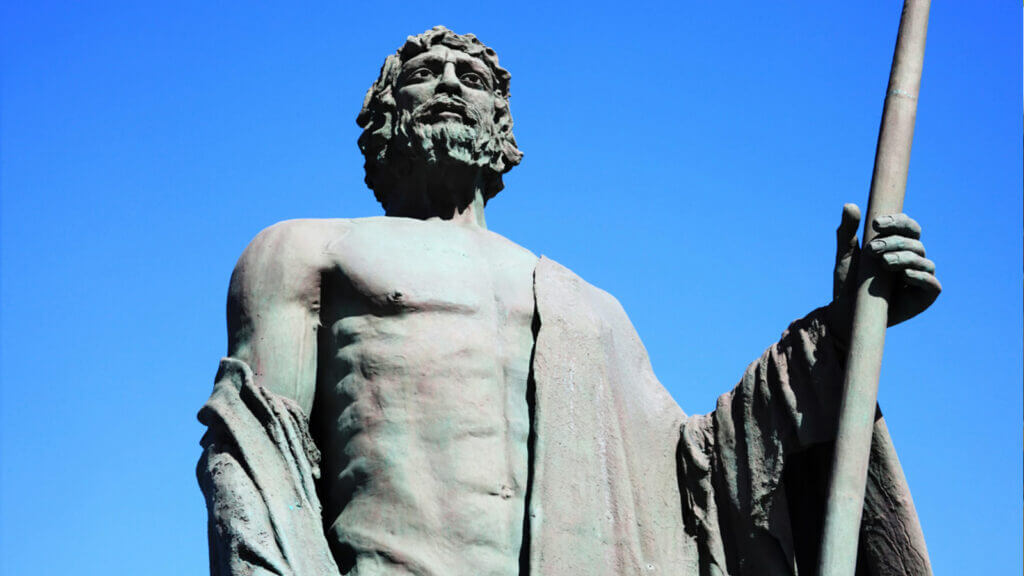
The Guanche
8. Banana groves
With its subtropical climate and rich soil, Tenerife is an ideal place to grow bananas. On the island you will find the northernmost banana grove in the world, which produces sweet and tasty fruits all year round.
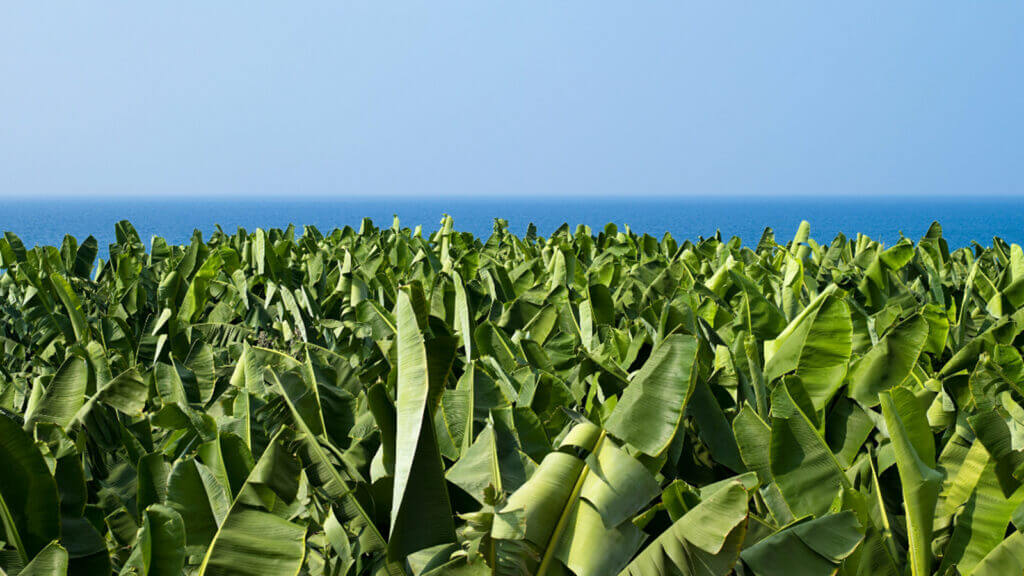
The Plantage of Bannanas
9. Spring with healing water
In the small village of Fuente Alta in the Vilaflor region, there is a spring whose water is known for its healing properties. The water from this spring is rich in minerals and the locals consider it an elixir of youth and health.
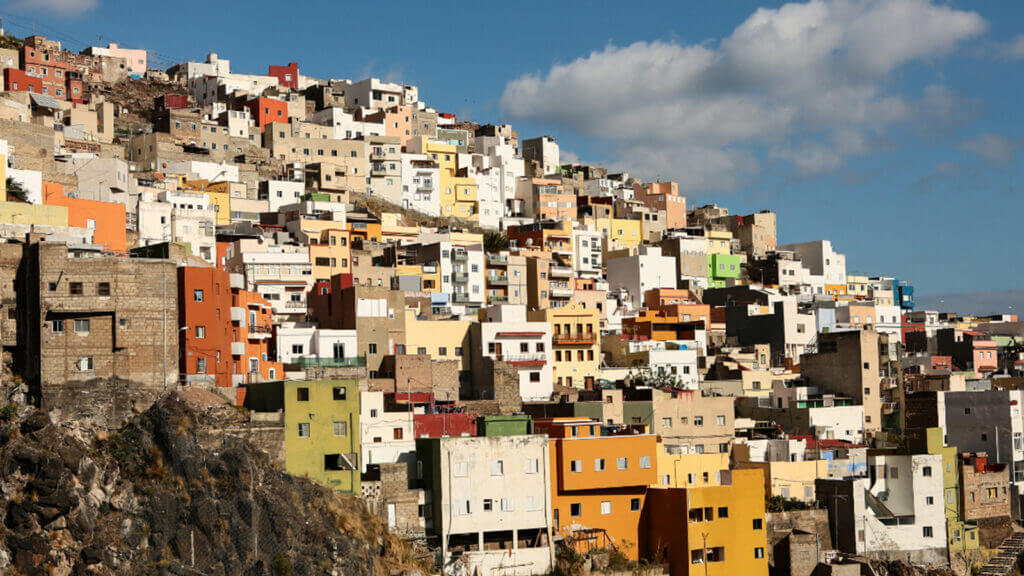
Vilaflor village
10. Tenerife is home to a unique dance
Tajaraste is a traditional dance and music style that originates from Tenerife. This dance has its origin in the original Guanche cultures and is still alive thanks to local folklore groups. Tajaraste is characterized by its vibrant colors, energetic movement and rhythmic music.
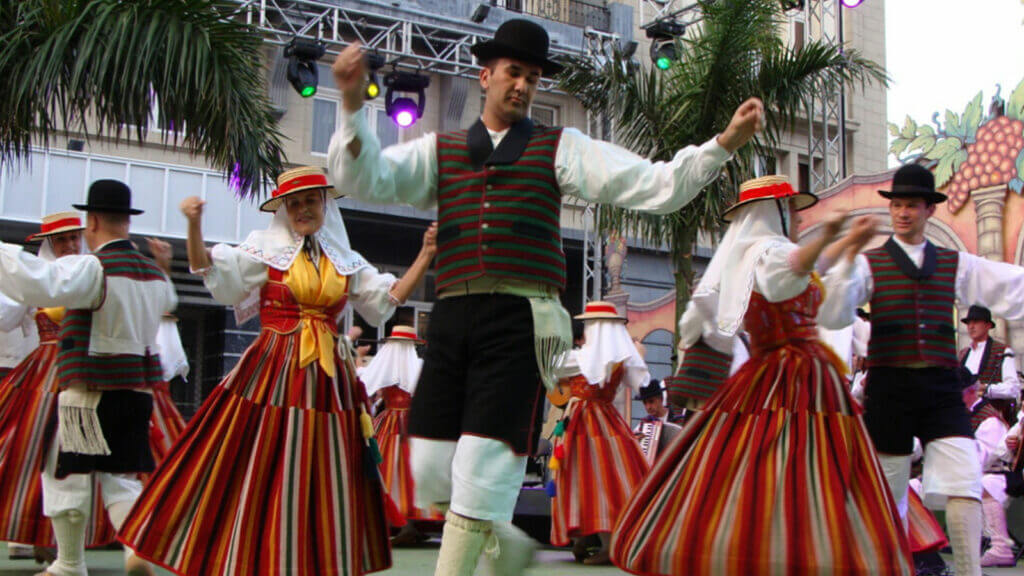
Tajaraste Dance
Tenerife is an island full of unexpected and fascinating attractions that prove it is much more than just beautiful beaches and sunny weather. Whether you are an experienced traveller or just curious, Tenerife is sure to surprise you with its rich history, culture and unique attractions. When planning your next holiday to Tenerife, be sure to explore these less-known aspects of the island… because one holiday to Tenerife is definitely not enough 🙂